Build Better Biodiversity: How to Garden for Pollinators
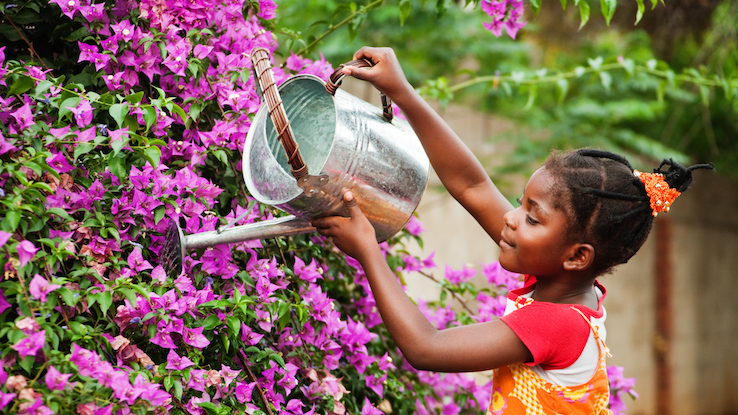
Pollinators are the unsung heroes of nature, playing a vital role in the continuation of life on Earth. Pollinating insects, such as bees, in particular are responsible for maintaining the well-being of our ecosystems — they’re responsible for a 75% increase in the production of our essential crops. Without pollinators, our food sources would drastically decrease; many of the plants we depend on for nourishment would become critically threatened.
Despite their importance, populations of pollinators have been dropping worldwide due to habitat loss, climate change, garden chemicals and other threats humans pose. How can we get involved in protecting the pollinators that support life on Earth? An easy yet effective step towards restoring pollinator populations is to create pollinator-friendly gardens.
Pollinator-friendly gardens boost biodiversity by attracting pollinators to plants without risking contact with harmful pesticides. If you’re ready to get started building yours, check out some steps you can take to plant a pollinator-friendly garden in your yard.
Study the Biodiversity in Your Area
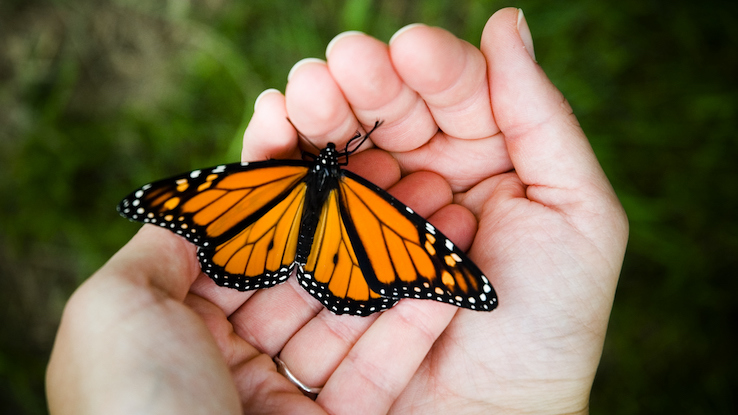
When setting up a garden for pollinators, it’s helpful to know what kinds of pollinators tend to live in your local ecosystem. Bees, butterflies, bats and other creatures are each drawn to different types of pollinating plants.
You can discover the animals and bugs in your area through natural observation, such as using binoculars to spot creatures like hummingbirds. If you aren’t sure how to identify bugs, birds and wildlife in your neighborhood or region, you can also locate information about your local biodiversity online. Once you’re aware of what kind of species inhabit your region, you’ll have an easier time selecting plants that appeal to them.
Find Plants Native to Your Region
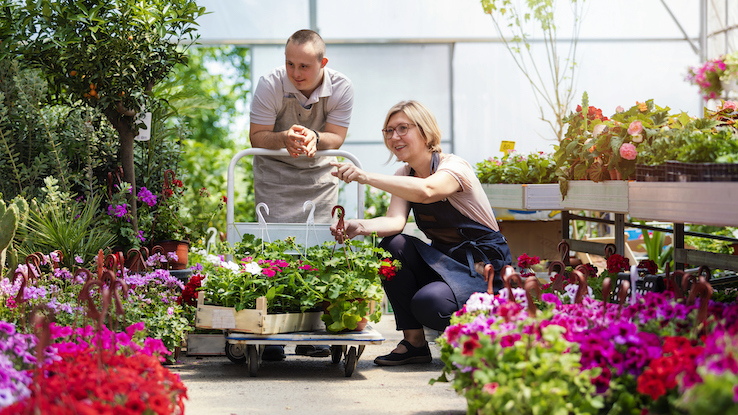
The most important element of a pollinator garden is the array of plants you choose. You’ll want to select plants that are native to your local region and that can thrive in your regional weather, climate and precipitation. Some pollinator plants that can thrive in hot, humid environments may not survive in cold or dry climates, and vice versa — and you want to be sure your garden is accessible to pollinators over the long term.
You also don’t want to introduce any invasive plant species into your area. These can target other vegetation and have a harmful effect on local biodiversity. Pollinator.org has a large selection of guides available for differing regions and climates in the United States and Canada that can help you select the best flowers and greenery for your location. The USDA also offers a simple and accessible guide on what pollinator-attracting plants may be good for your state.
Prepare Your Land for a New Garden
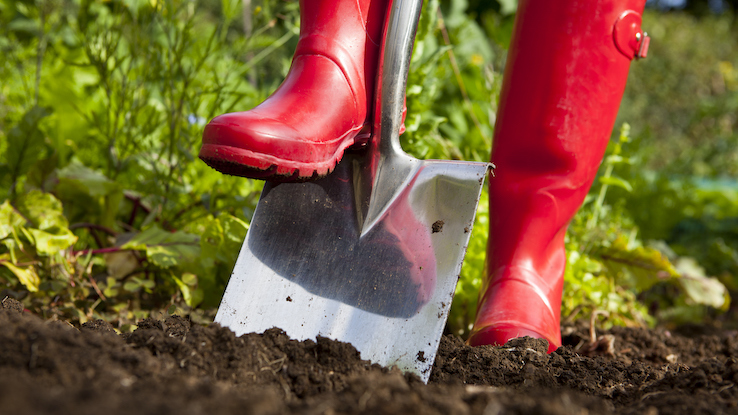
Plants thrive in favorable conditions. Most pollinator plants require nutrient-rich, well-drained soil as a base. If you’re restarting an old garden, pull out the old plants and weeds and, if necessary, replace the soil with fresh, moist soil. If you’re starting with a new spot in your yard, mow away the grass and put down new soil for your chosen plants. You also may be interested in raised planter boxes, which you can purchase or construct. These make it easier to pour and distribute your soil and contain the garden to one section of your yard.
The style of your garden will all come down to personal preference, but you should always aim to purchase supportive, high-nutrient soil. The location also matters; you’ll want to prepare a garden plot where there’s enough sun or shade for the types of pollinating plants you choose. Once your land is ready and you’ve selected foliage, you’re ready to plant.
Plant Your Flowers and Vegetation Efficiently
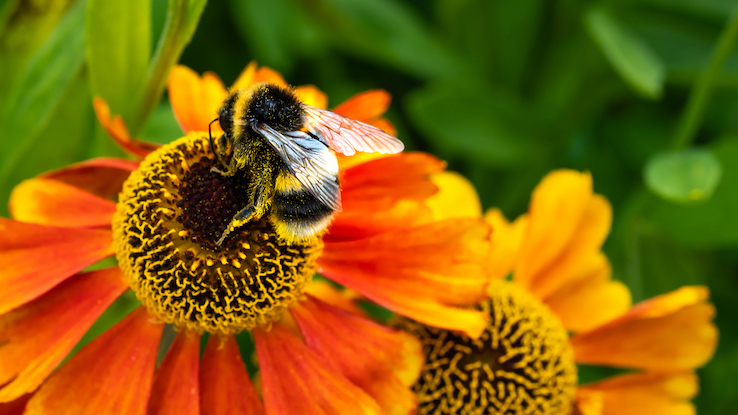
The goal of a pollinator garden isn’t to achieve the best aesthetics — it’s to make sure pollinators have an easy time tracking down the plants and flowers in your garden. Placing your chosen plants in clusters can make it much simpler for the creatures to locate them. A group of pollinating flowers is more eye-catching to insects and birds than plants that are spread out or patchy.
Plants that receive at least some sunlight during the day are more attractive to butterflies and other pollinators that are drawn to bright colors. It can also be helpful to incorporate pollinator-attracting scents into your garden. For example, setting up a hummingbird feeder near pollinating plants can draw these unique creatures close enough to collect pollen on their bodies. You’re also likely to draw in butterflies and insects using the smell of old fruit or moist salt, which you can replicate by setting out slices of fruit or building a salt lick with a wet dripline.
Cut Out Any Pesticides
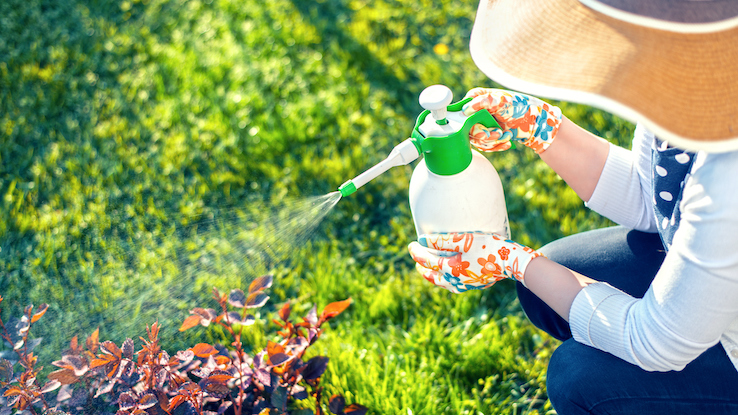
This may seem self-explanatory, but the use of pesticides is extensively detrimental to pollinators. Even if some store-bought pesticides claim to be safe for specific insects, the majority of them are harmful to bees, which are vital to the pollination of flowers, plants and the crops that feed us.
If you’re struggling with pests eating your plants or with invasive weeds, try homemade pesticides that pose no threat to bees. Vinegar is a quick way to get rid of weeds, while epsom salt is beneficial to flower growth without poisoning bees. Garlic is another ideal way to steer unwanted insects out of your garden.
There are plenty of safe solutions to most gardening troubles, and when you want to support pollinators, you should aim to keep your garden free of chemicals. If you must use pesticides, do so when the pollinators in your area are typically at rest (nighttime for bees and birds and daytime for bats).





